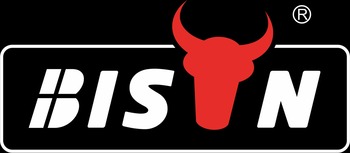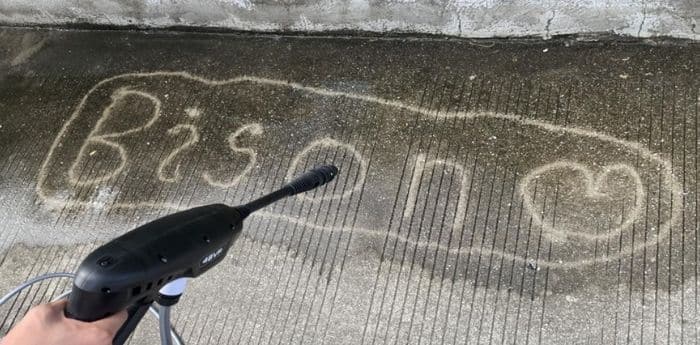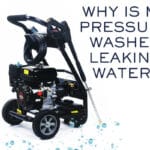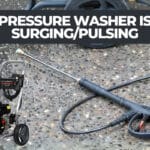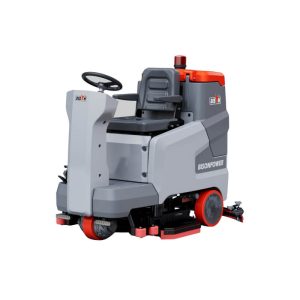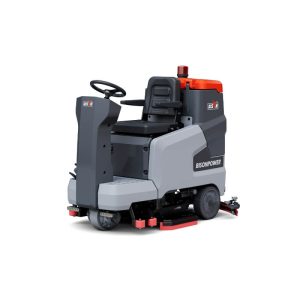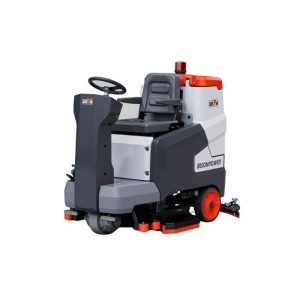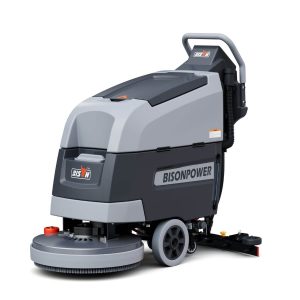
BISON Santy
Hello, I am Santy, the funder of bisonclean.com. I have been in cleaning machinery field for more than 5 years now, and the purpose of this article is to share with you the knowledge related to pressure washer from a Chinese supplier's perspective.
Table of Contents
From manufacturing facilities and warehouses to retail spaces and institutional buildings, floor scrubbers have become indispensable tools in maintaining clean, safe, and presentable environments. These sophisticated machines combine mechanical scrubbing action, chemical cleaning solutions, and vacuum recovery systems to deliver superior cleaning results while maximizing efficiency. Among them, Walk-behind and ride-on floor scrubbers are two common types of floor scrubbers.
The wrong choice can lead to increased labor costs, suboptimal cleaning performance, and potentially even damage to floor surfaces. Understanding the distinct advantages, limitations, and ideal use cases for each type is essential for facility managers and floor scrubber dealer looking to make informed investment decisions.
This blog will compare walk-behind and ride-on floor scrubbers from the aspects of Performance factors, operating considerations, Cost analysis, etc. to ensure that you choose the most suitable BISON floor scrubber for your specific cleaning requirements.
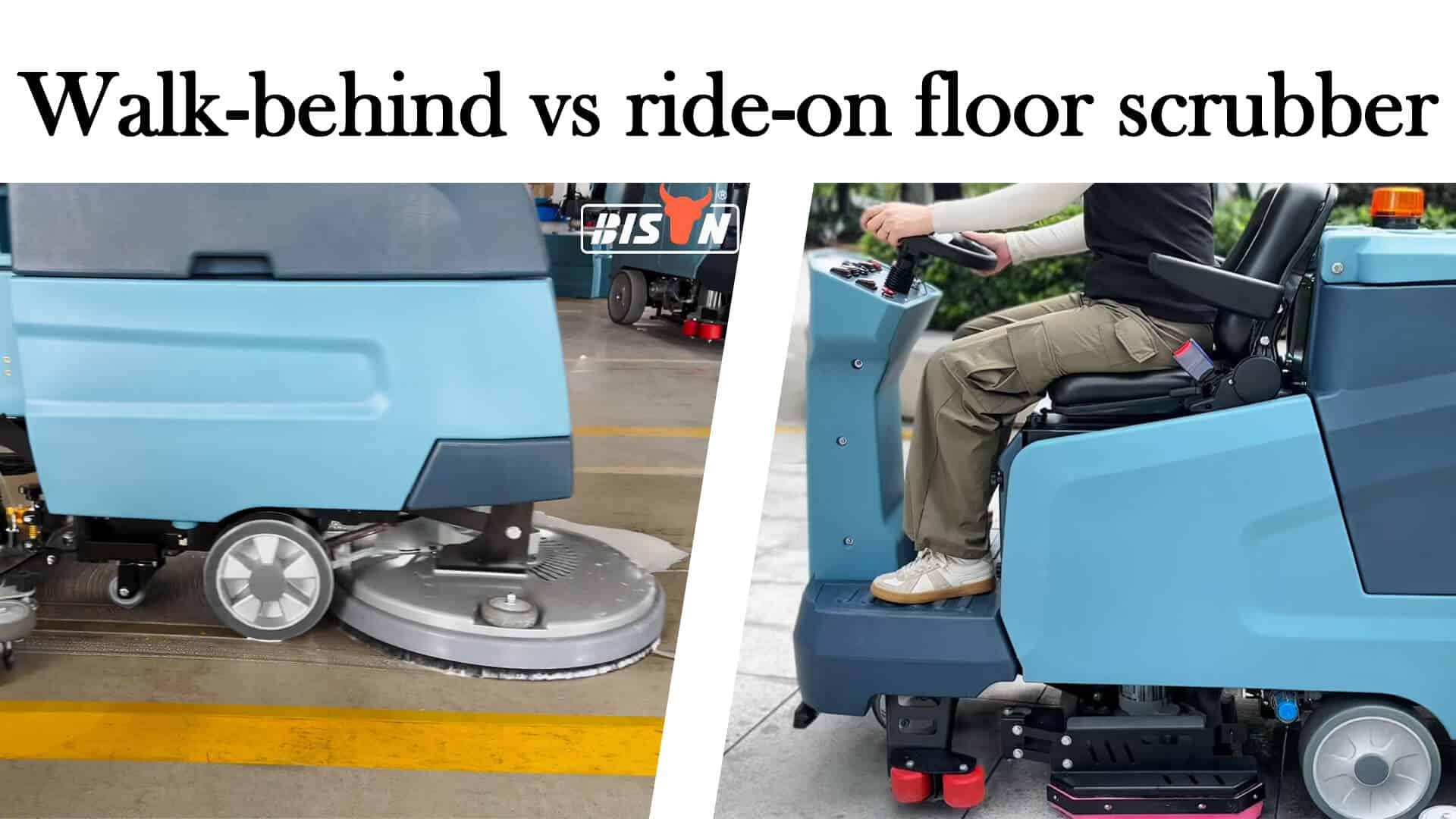
Walk-behind floor scrubbers
Walk-behind floor scrubbers, also known as pedestrian scrubbers, are compact, manually operated cleaning machines designed for professional floor maintenance. Its key components and systems include a solution tank, brush system, recovery system, drive system, etc. The operator guides the machine from behind, controlling its direction, speed, and cleaning functions through an ergonomically designed control panel. Variable speed settings are frequently included for varying surface types and cleaning requirements. Compared with traditional manual methods, cleaning efficiency is significantly improved.
Operating principle and functionality
BISON Walk-behind floor scrubbers operate on a three-stage cleaning process:
- Solution application: A mixture of clean water and chemical solution is distributed onto the floor via a controlled solution delivery system.
- Disc brush scrubbing: A spinning disc or cylindrical brush provides the mechanical power to remove dirt and stains.
- Recovery: The powerful vacuum system collects dirty solutions immediately, leaving floors clean and dry quickly.
Ride-on floor scrubbers
Ride-on floor scrubbers represent the pinnacle of industrial cleaning technology, designed for large-scale commercial and industrial applications. Its key components and systems include a solution management system, scrubbing system, recovery system, power and drive system, transmission system, horn and safety indicators, etc. These powerful machines allow operators to ride comfortably while controlling comprehensive cleaning operations, significantly enhancing productivity and reducing operator fatigue. Generally having a wider cleaning path than walk-behind cleaners, these machines are made for large open spaces. They are perfect for swiftly and effectively cleaning big spaces.
Operating principle and functionality
The cleaning process follows an advanced three-stage system:
- Driving system: control the direction through the steering wheel and step on the accelerator to start moving forward.
- Main cleaning process: precise solution distribution through multiple dispensing points, 2 high-speed rotating disc brushes for continuous scrubbing, and a powerful motor provides high suction power to recover dirty water.
- Surface finishing: Advanced squeegee systems ensure completely dry floors.
Comparative analysis: Walk-behind vs. ride-on floor scrubbers
1.Performance factors
Walk-behind floor scrubbers typically have a cleaning path width of 75-82 cm, suitable for small spaces with frequent changes of direction, with an average coverage rate of 10,00 – 2200m²/h, a solution tank capacity of about 50L, and a weight distribution that is more suitable for various surfaces. Its operating time is maintained at 4-6h.
Ride-on floor scrubbers have a path width of 100 cm, a higher continuous cleaning pressure, and a 6-hour operating time that can clean an open area of more than 25000m². Ride-on floor scrubbers have larger solution tanks, usually up to 130L, which greatly reduces the number of times the tank is filled and emptied.
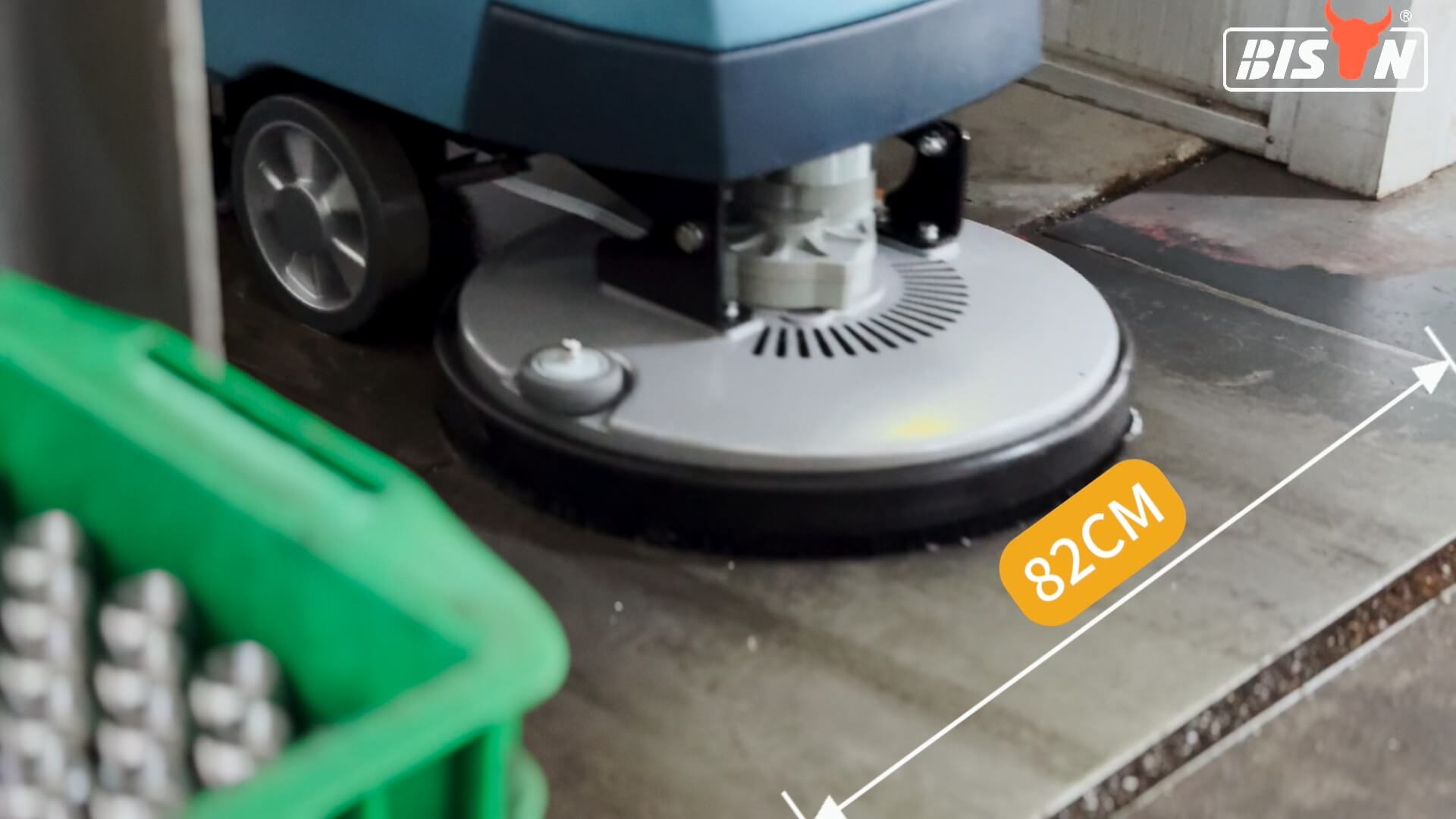
2. Operational considerations
Walk-behind floor scrubbers require the operator to walk and maneuver the machine, which can cause physical strain when used for long periods of time. Ride-on floor scrubbers offer sit-down operation, reducing operator fatigue and allowing for more comfortable long-term cleaning. Walk-behind floor scrubbers are simpler to operate, and operators only need to be trained for a few hours before they can start working. Ride-on floor scrubbers usually require familiarization with driving operations and require more training time.
3.Cost analysis
Walk-behind floor scrubbers are typically less expensive than ride-on floor scrubbers, and suitable for businesses with budget constraints. Ride-on floor scrubbers have a higher upfront cost, but for larger plants where downtime and personnel costs are high, the improved cleaning speed and operator comfort can make the investment in a ride-on floor scrubber worthwhile and more cost-effective.
Ride-on floor scrubbers have a higher upfront cost, but for larger plants with high downtime and personnel costs, improved cleaning speed and operator comfort can make the investment in a ride-on floor scrubber worthwhile and more cost-effective.
In addition, because walk-behind floor scrubbers are small and simple, daily maintenance tasks are easier to complete and generally require low maintenance costs. Generally speaking, ride-on floor scrubbers have more complex functions and a large number of components and require higher costs, but their larger water tanks and fewer fillings and emptying make them last longer, which can offset maintenance costs.
Application scenarios: Walk-behind vs ride-on floor scrubbers
Small to medium-sized spaces are typically better suited for a walk-behind floor scrubber. Cleaning confined areas and around obstructions is made simple by its small size and agility. Although walk-behind scrubbers can clean larger areas, they are generally slower than ride-on models. And, ride-on floor scrubbers offer seated operation, reducing operator fatigue and allowing for more comfortable extended cleaning sessions. In large open areas, BISON recommends that you use a ride-on floor washer. For more usage scenarios, please see the table below:
Floor scrubber type | Suitable applications |
Walk-behind floor scrubbers | Areas with obstacles or narrow aisles Spot cleaning Schools and small offices Hospitals and clinics with narrow corridors Food service environments Facilities with intricate layouts Environments requiring frequent directional changes |
Ride-on floor scrubbers | High traffic areas Underground garage Wide aisles (>6 feet) Warehouses and distribution centers Airports and train stations Manufacturing facilities Shopping malls and large retail centers Sports arenas and convention centers |
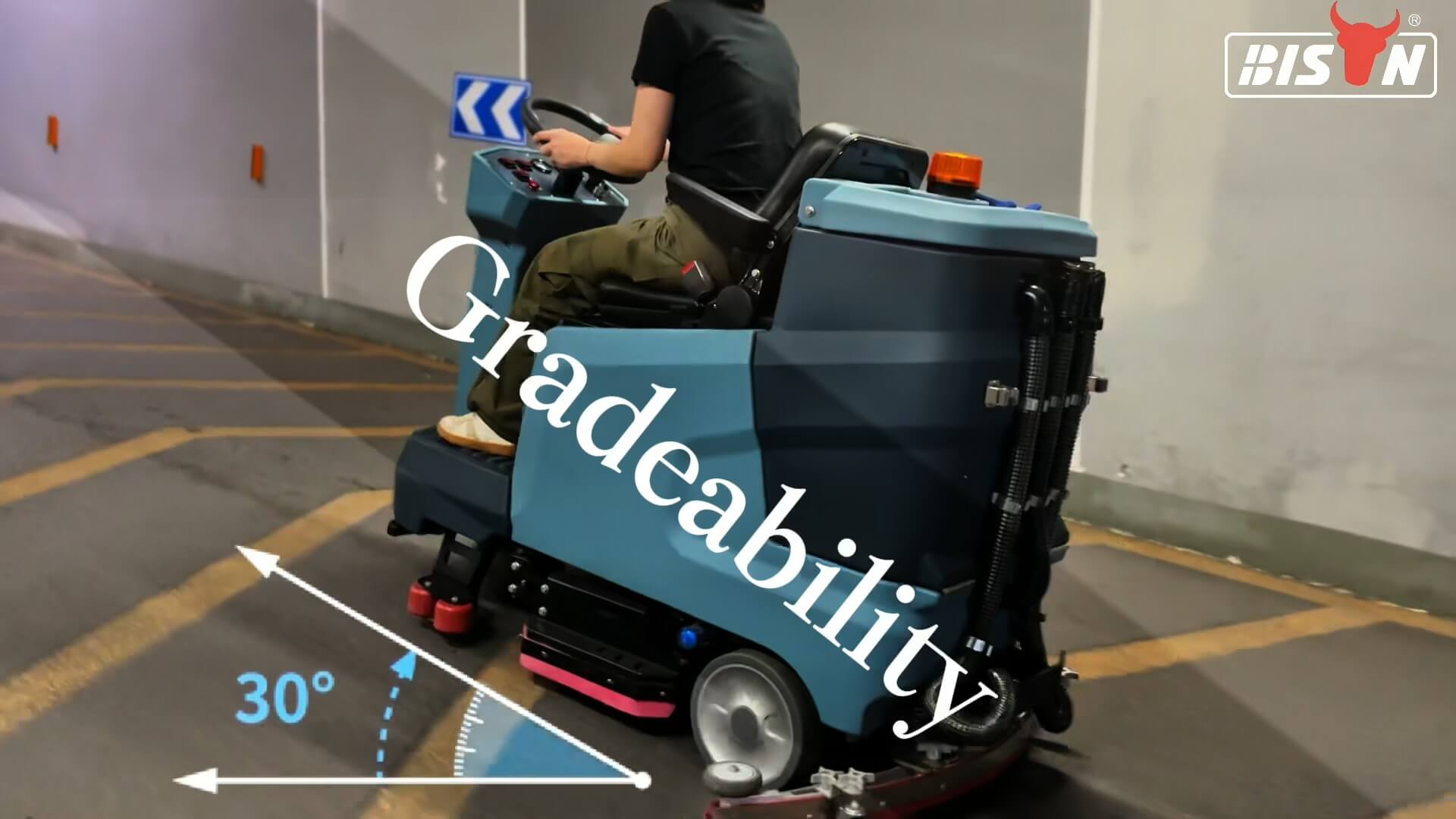
Conclusion
Floor scrubbers that are ride-on or walk-behind each have their own advantages and work well in various cleaning situations. Walk-behind floor scrubbers excel in environments requiring precision cleaning and maneuverability, with their compact design making them ideal for facilities under 50,000 square feet. Conversely, ride-on floor scrubbers dominate in large-scale applications, offering superior productivity rates of up to 70,000 square feet per hour, and extended operational capacity.
You can find the most suitable floor cleaning tool based on the walk-behind vs. ride-on floor scrubber comparison provided by BISON above. As a professional floor scrubber manufacturer , BISON offers a range of walk-behind and ride-on floor scrubbers that go beyond the boundaries of traditional performance. BISON floor scrubbers feature an excellent traction system and are ideal for sloped areas such as parking lots, loading docks, and ramp facilities. The integrated chassis design, simple operation buttons, and heavy and textured body are specially built for harsh industrial conditions. Contact BISON today to get your exclusive cleaning solution!
FAQs About Walk-Behind vs Ride-On Floor Scrubber
Ride-on floor scrubbers have safety features such as braking systems, alert indicators, and improved visibility to ensure safe operation. BISON floor scrubbers have a climbing function with a maximum slope of 20%. Operators should wear seat belts and pay attention to pedestrians to operate safely and avoid accidents.
You might also enjoy
Questions?
Contact Us Today.
Related Products
Find more?
Related Posts
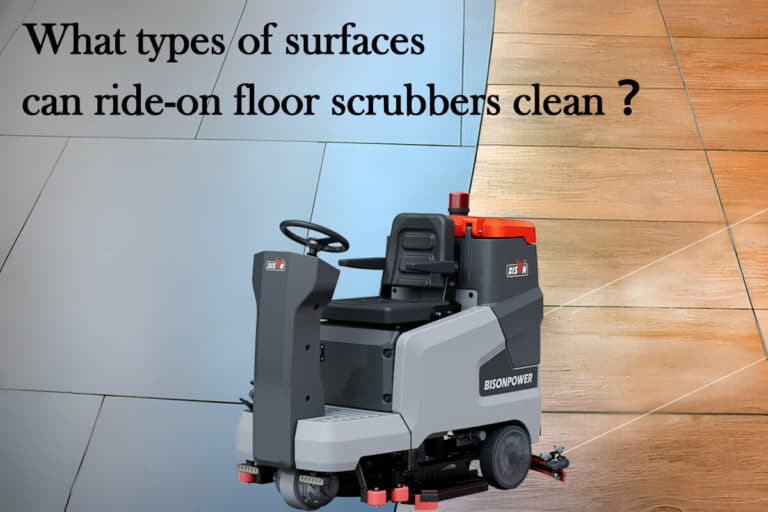
What types of surfaces can ride-on floor scrubbers clean?
The purpose of this blog is to examine the types of surfaces that ride-on floor scrubbers can clean and understand their versatility and applications.
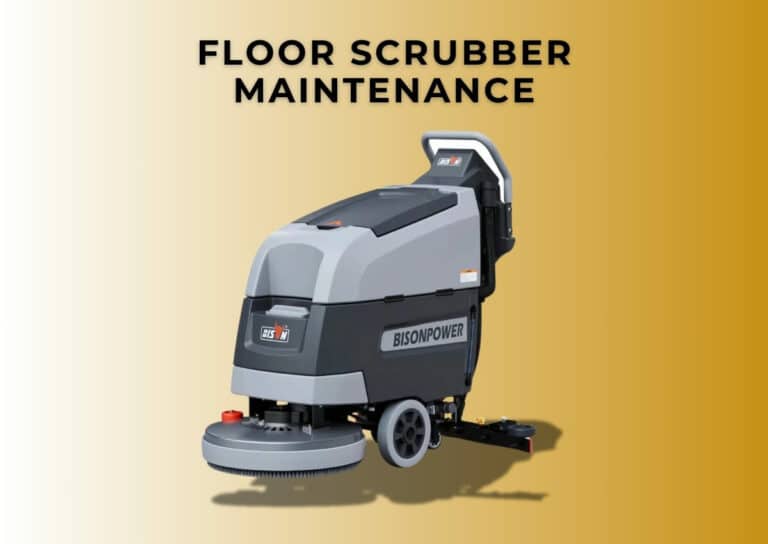
Floor scrubber maintenance: Extending equipment life
This article explains how to maintain a floor scrubber, including daily, weekly, and monthly maintenance procedures, common problems, and troubleshooting.
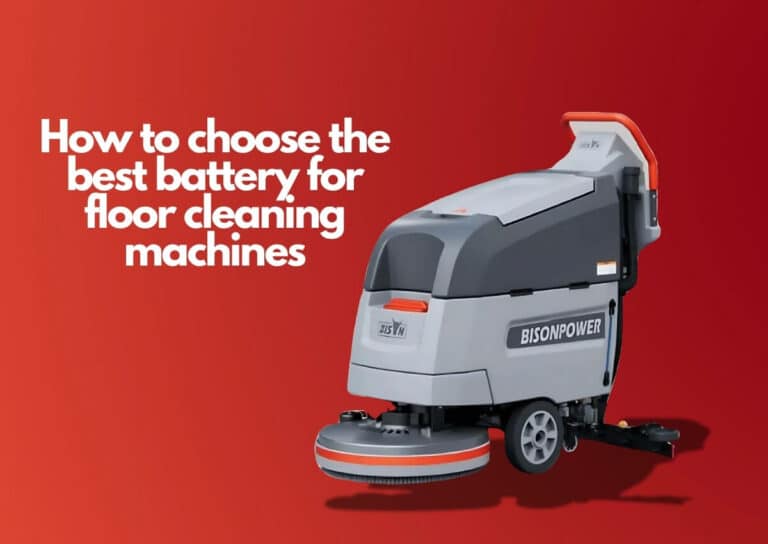
How to choose the best battery for floor cleaning machines
This blog aims to guide readers in choosing the best battery for their floor cleaning machines, ensuring optimal functionality and improved operational outcomes
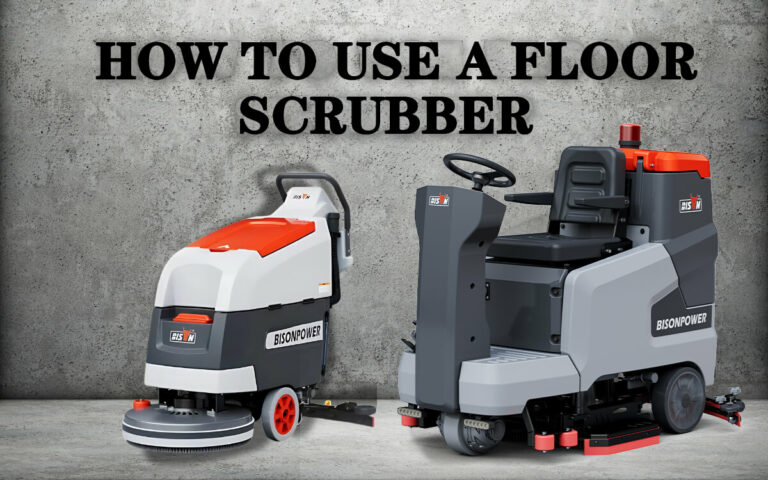
How to use a floor scrubber
In this comprehensive guide, BISON will walk you through everything you need to know about how to use a floor scrubber effectively
